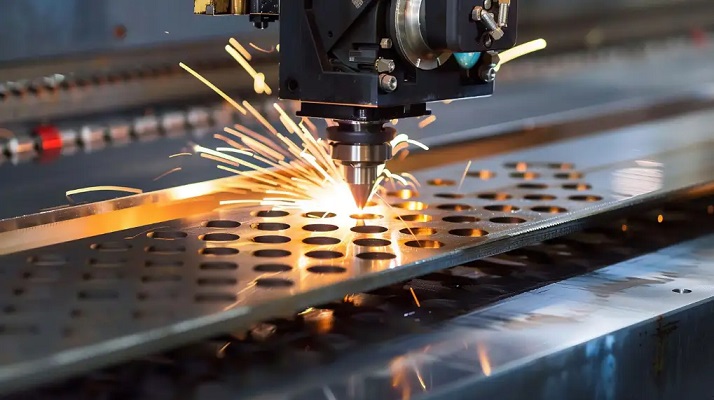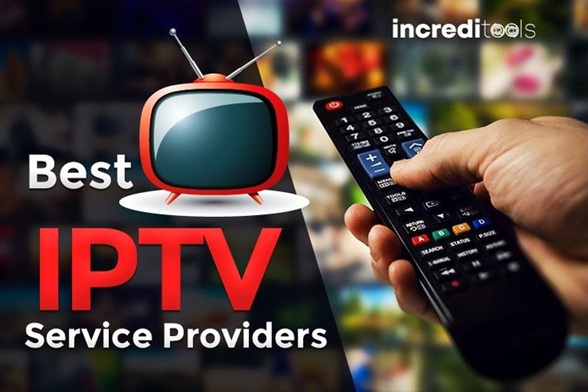Laser cutting is known for its precision, speed, and ability to handle intricate designs across a variety of materials. Whether you’re cutting metals or plastics, the laser technology delivers highly accurate results without physical contact to reduce wear and tear on tools. This non-contact method produces cleaner cuts and less waste, making it a go-to choice for industries where precision is key.
But with all these advantages, the question remains: is laser cutting an expensive option? While it can be pricier than traditional cutting methods, it offers exceptional value when you consider the time savings, reduced material waste, and the high-quality finish it provides. To truly understand the laser cutting cost, we need to look at the various factors that contribute to laser cutting prices. This will help you plan your project more efficiently and get the most out of your budget.
What is Laser Cutting?
Laser cutting is a manufacturing process that uses a focused beam of light to cut, engrave, or mark materials. Unlike mechanical cutting methods, it involves no physical contact between the cutting tool and the material. This minimizes the risk of contamination and reduces tool wear. The material is either vaporized or melted to create a clean, precise cut.
Controlled by CNC systems, laser cutting machines can achieve levels of accuracy that are unmatched by traditional methods. The beam is focused down to a small point, making it capable of cutting highly detailed patterns or drilling extremely small holes. This level of precision allows it to be used in industries such as aerospace, automotive, and electronics.
The process itself can be tailored to specific applications. For example, you can choose from different cutting techniques, such as vaporization, melting, or thermal stress cracking, depending on the material and the desired outcome. This flexibility, combined with its non-contact nature, makes laser cutting ideal for working with fragile or heat-sensitive materials that traditional cutting tools would otherwise damage.
Is Laser Cutting Expensive?
Laser cutting does tend to be more expensive than other methods at first glance, but this higher initial cost often balances out when you look at the bigger picture. While traditional methods might have lower upfront costs, they often require more post-processing, generate more waste, and take longer to complete. Laser cutting, on the other hand, is faster, more precise, and typically requires less finishing work, which can reduce labor costs.
Laser cutting can be more cost-effective for many applications than other advanced methods like waterjet cutting. For instance, waterjet cutting uses a mixture of water and abrasive materials to cut through materials. While it’s ideal for thicker materials or when you need a cold cutting process, it usually takes more time and can be more expensive for intricate or detailed work.
For larger or more complex jobs, laser cutting machines can handle high volumes without compromising on precision. This makes it a better option for industries that require mass production of highly detailed parts. The cost per unit often decreases with higher order volumes. In some cases, the efficiency of laser cutting can actually make it the cheaper option over time.
Key Factors Affecting Laser Cutting Costs
Laser cutting is an advanced fabrication process that comes with a lot of intricate aspects. These different facets contribute to its overall cost. Here’s a closer look at what drives the cost:
Laser Cutting Machine Costs
Laser cutting machines require a significant capital investment, and this cost is often passed on to the customer in the form of service fees. The price of a laser cutting machine can range from tens of thousands to several hundred thousand dollars. This depends on its capabilities, power, and the type of laser it uses.
The most commonly used laser types are CO2 lasers and fiber lasers. CO2 lasers use a gas mixture to generate the laser beam. They are generally more affordable to purchase but have higher operating and maintenance costs. They are excellent for cutting non-metal materials like wood, plastic, and glass, but they can struggle with metals. Fiber lasers, on the other hand, are more expensive upfront. However, they are much more efficient and effective at cutting metals like steel, aluminum, and copper. Fiber lasers also consume less energy and require less maintenance, which can translate to lower operating costs in the long run.
For businesses looking to invest in their own equipment, the decision between CO2 and fiber lasers involves balancing the initial investment with long-term efficiency and maintenance costs. However, for most businesses, especially those with lower production volumes, outsourcing laser cutting to a specialized laser cutting shop makes more financial sense. This allows you to access high-quality laser cutting equipment and expertise without the hefty upfront investment, allowing for flexibility and scalability.
Charge per Minute (CPM) of Laser Usage
The CPM rate is usually calculated based on several parameters, including the type of laser being used, the complexity of the design, and the level of detail required. Most service providers will quote a per-minute rate. This can vary widely depending on the machine’s cutting speed, the material, and the specific capabilities of the laser.
For example, fiber lasers typically operate at faster speeds than CO2 lasers, especially for metals. As a result, the per-minute charge might be higher due to the more advanced technology. However, since they cut faster, the total time spent on the job could be shorter. This might balance out the overall cost. CO2 lasers, though slower and less suited for metals, may be more cost-effective for cutting non-metal materials despite potentially longer cutting times.
Cost of Materials
Different materials vary in price, and laser cutting services will often pass these material costs onto the customer. Metals like steel, aluminum, and brass are common choices, but their prices can vary significantly depending on factors like market availability, material grade, and thickness. For instance, mild steel is generally more affordable than stainless steel or aluminum due to its lower material cost and easier cutting properties.
Beyond the base cost of the material, the laser’s interaction with the material affects the cutting process. Some materials, particularly metals, require higher laser power to cut through. This can increase the cutting time and energy consumption, leading to higher costs. Reflective materials like copper or brass can also require specialized laser settings or additional precautions, further increasing the price. Non-metal materials like acrylic, wood, or plastics are generally less expensive to cut because they require less energy and can be processed faster.
Material Thickness
The thicker the material, the more time the laser will need to cut through it, which increases the overall cutting time and, consequently, the price. For instance, cutting a 1-inch thick sheet of metal will take significantly longer than cutting a 0.5-inch sheet of the same material. This is because the laser needs more time and power to penetrate the thicker material fully. This also increases energy consumption and wear on the machine, factors that are often included in the final pricing.
However, cutting thin materials can present an opportunity to lower costs through increased efficiency. For thin materials like sheet metal, it’s often possible to stack multiple layers on top of each other and cut them simultaneously. This method allows a laser cutter to process multiple parts in a single pass, increasing productivity and reducing per-unit costs.
Order Quantities
The volume of your order can significantly impact the cost. Large orders benefit from economies of scale, where the machine can run continuously without needing to reset. This reduces the per-unit cost, making laser cutting more affordable for mass production. Smaller orders may have a higher per-unit cost because of the setup time required for each batch.
Laser Engraving Costs
Some laser cutting projects may require some engraving once the process is ready. Laser engraving, while usually cheaper than cutting, still adds to the overall project cost. This process only affects the surface of the material, creating a mark without cutting all the way through. However, the complexity of the engraving design, the type of material, and the required precision can all influence the price.
Shipping and Distribution
Logistics can add to the cost, especially if you’re dealing with large or bulky materials. The price of shipping depends on factors like the size, weight, and distance your materials need to travel. If your supplier is located far from your production facility, transportation costs can quickly add up. Thus, It is important to factor this into your budget.
Conclusion
While laser cutting might initially appear expensive, its precision, efficiency, and ability to handle complex designs can make it a more cost-effective option in the long run. The key to managing laser cutting costs is understanding the factors that influence pricing, as we’ve discussed above. The right laser cutting service and optimized designs will help you reduce costs without compromising on quality.
Read More: What business trends are expected to dominate the Indian market?



